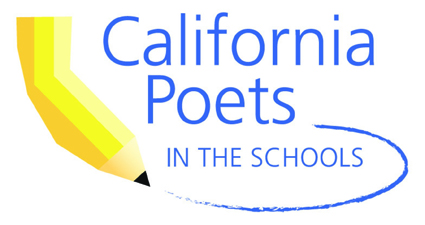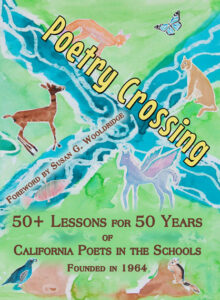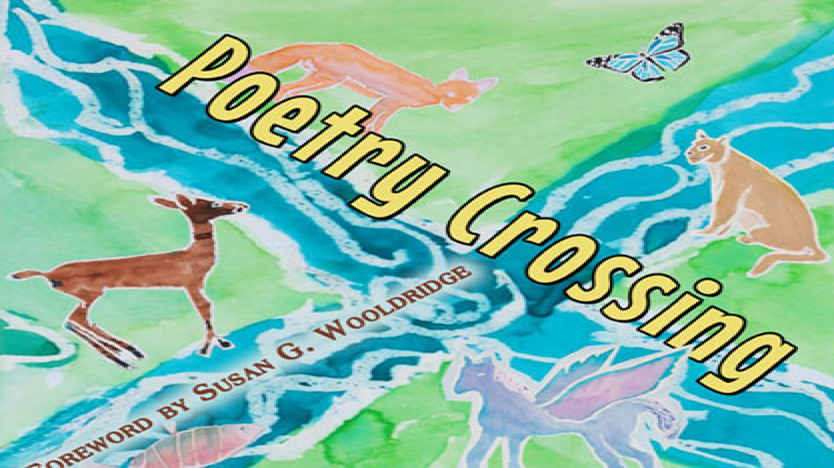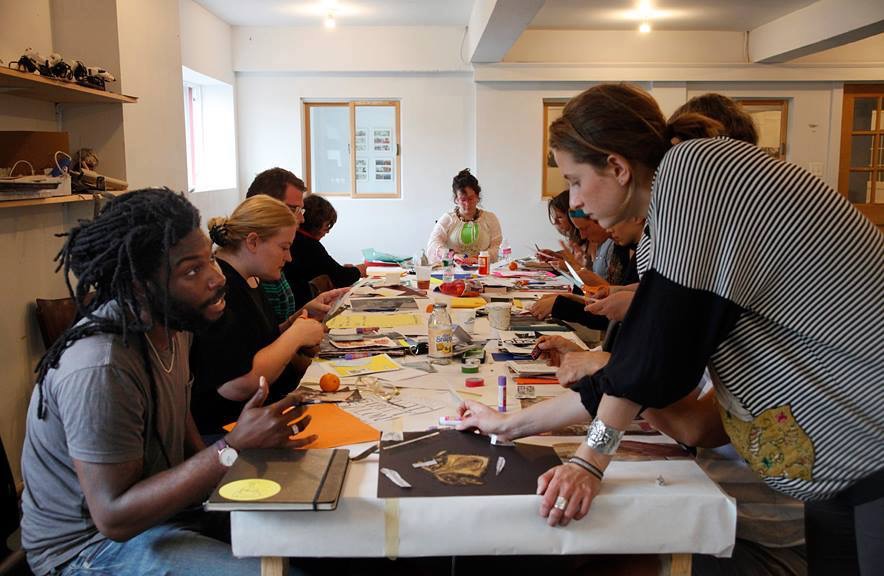Poetry Crossing: 50+ Lessons for 50 Years of California Poets in the Schools celebrates the long history of one of the oldest and largest literary arts education programs in the US. Founded in 1964, California Poets in the Schools (CPitS) has engaged more than a million young people in poetry through its programs at schools, juvenile detention facilities, hospitals, and other settings.

CPitS’ 50th anniversary collection of poetry lesson plans offers ideas and inspiration for poetry teachers working with children and teens. Featuring work by poets ranging from Lorca, Shelley, and Sandburg to kids who have taken part in CPitS programs, each lesson plan includes:
- The target age group for the lesson;
- A step-by-step teaching outline;
- Information on materials needed for the lesson; and
- A worksheet for students with sample poems and, in some cases, the “rules” for crafting a specific poetic form (e.g., a sestina or pantoum).

Poetry Crossing, which was edited by Phyllis Meshulam, assisted by Cathy Barber and Seretta Martin, features favorite lesson plans from more than 30 poets who have taught with CPitS. The book is a rich resource for readers who want to explore the lessons at leisure, or for a poetry teacher in search of ideas for a class that begins in an hour.
Teachers & Writers Magazine will feature five lesson plans from Poetry Crossing throughout the next year, starting with two lesson plans in this issue. “Pantoums” by John Oliver Simon introduces third- through twelfth-graders to this poetic form from Malaysia. Karen K. Lewis’ “Color Our World with Poems” is geared to children in kindergarten through third grade, and engages them in playing with color and language. Illustrations in both lessons are by Diana Valle.
Teachers & Writers Magazine is published by Teachers & Writers Collaborative as a resource for teaching the art of writing to people of all ages. The online magazine presents a wide range of ideas and approaches, as well as lively explorations of T&W’s mission to celebrate the imagination and create greater equity in and through the literary arts.



